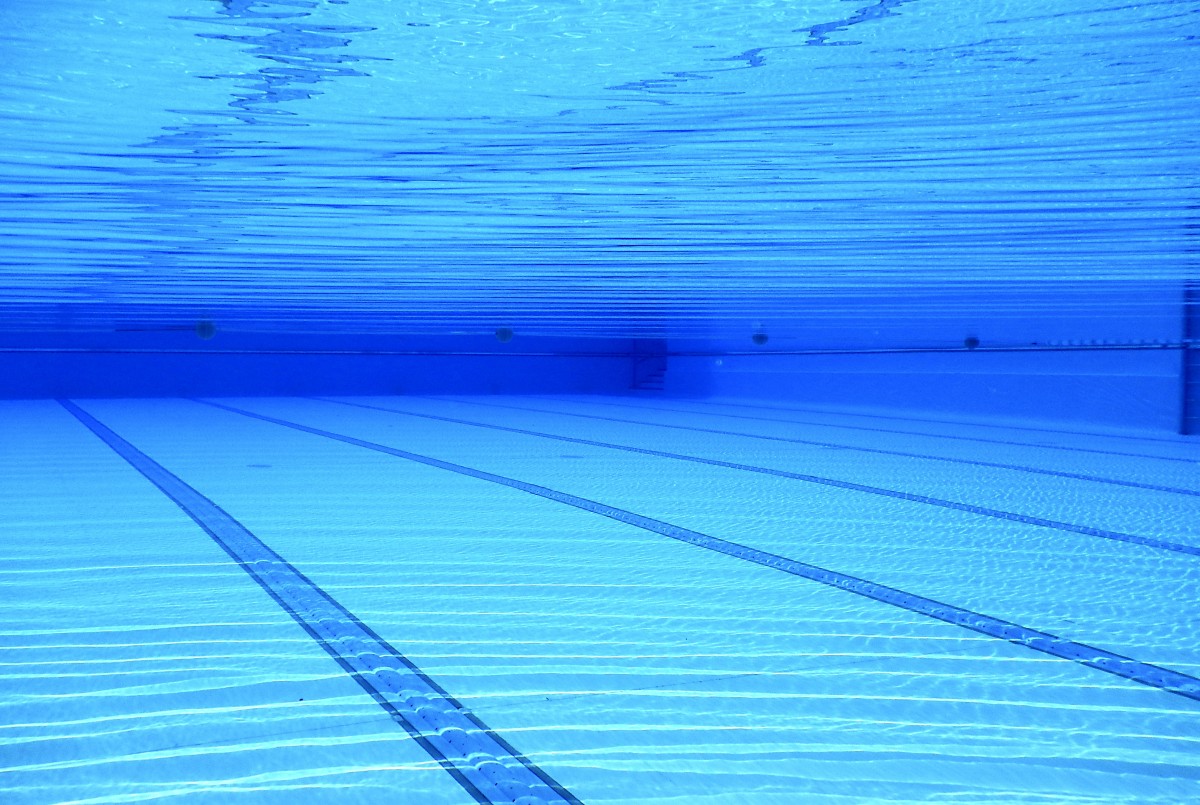
What exactly are swimming pool leaks?
By swimming pool leaks, we mean that there might be some sort of tearing or leakage in the in-ground pool system or the vinyl lining. Noticing leaks in your swimming pool is not the easiest task because of losing some water due to people splashing about and even due to evaporation. But when you notice an unusual amount of water missing from your pool, that can be the first sign of your swimming pool leaking. Losing one or two inches of water in about a day or two is enough of a hint to know that there is some sort of leakage. You might also notice a significant increase in your monthly water bills. Fixing this leak is the only solution. Keep reading this article to understand all there is to know about swimming pool leaks.
How can one find any swimming pool leaks?
There are several tests one can take to confirm swimming pool leaks, but there are enough signs you can look out for only if you are attentive enough. The most common way to confirm a leak is to check for visual cues. The first step should be to check around your swimming pool and find saturated areas on the ground. This can give you a clue as to where the water might be leaking from. This may mean that there is a leak in your swimming pool plumbing. It is also a good idea to check out all the hardware of your swimming pool like the heater of the pool, the filter and the swimming pool pump. Although these leaks can be annoying, they are comparatively easy to fix with basic patching or chalking. Worst case scenario, you will have to replace that hardware part.
One more thing you must do is check the pool lining for any leaks. The pool lining is often made up of vinyl and is made in a way so that it can last for at least 10 years. But sometimes, due to a few external reasons, these linings may rip, causing a lot of leakages and ultimately a high-water bill and a huge loss in the volume of water. Make sure you inspect the lining of the pool and take appropriate measures to fix the issue. The steps you can take are repairing the lining of the pool or replacing it.
Additional Read: Remodel Your Pool by Changing Pool Equipment
Understanding swimming pool leaks –
- How frequently does your swimming pool leak?
If you are having doubts about your swimming pool leaking, chances are that it surely is. If you are noticing a lot of loss in the volume of water, and this loss is higher than usual, then you have a leaking swimming pool.
- Does your equipment pad have any leaks?
Once you are sure that your swimming pool is leaking, finding out where the leak is the next big task. For this, checking the equipment pad is very important. Check the equipment pad and try to figure out if the leakage is happening in any of the pool equipment like the filter or the pump. If yes, you know what steps you need to take to fix this leak.
- Are there any unexplained wet areas near your pool?
One of the most common signs of a leaking pool is finding random wet patches around the pool. If these wet patches and puddles seem unexplained and you notice a lot of loss in the volume of water, then chances are that you have a leaky pool.
- Are there any leaks in the underground plumbing?
Checking the underground plumbing is an essential step you must take before you zero down on the assumption that you have a leaky pool. This is very important to make sure that all bases are covered with respect to making sure that you have checked every part of the pool for leaks.
What are the different types of swimming pool leak detection tests?
- The evaporation tests
The evaporation test is very basic yet extremely effective. In this test, the pool user needs to fill a bucket of water and place this filled bucket next to the swimming pool. With a pen that has waterproof ink, you need to mark the level of water in the bucket as well as the pool. Now you wait for evaporation to happen naturally. In the case of no leaks, you will notice that evaporation will occur equally, and the level of water would be the same. If not, you would know that there is a leak in the pool.
- The dye tests
For this test, you are firstly required to clean the pool thoroughly. This is a very important step and should not be taken lightly. After that, check all the cracks in the pool. Check all the tile lines as well and see if there are any loose tiles or hollow sounds. Now use dye (food dye works just fine) in areas where you might suspect any leaks. When you do this, if the dye swirls up and does not get immediately sucked in within the crack, then there is no leak. If it does get sucked in, then you know where the leak is happening.
In conclusion, detecting and fixing swimming pool leaks is a very important part of pool care. If this important step is skipped, you will slowly but surely notice a rise in the water bills and a lot of water stagnation on the ground, which may also result in mishaps which could have been easily avoided. Use the evaporation test or the dye test and fix your leaking swimming pool now!


